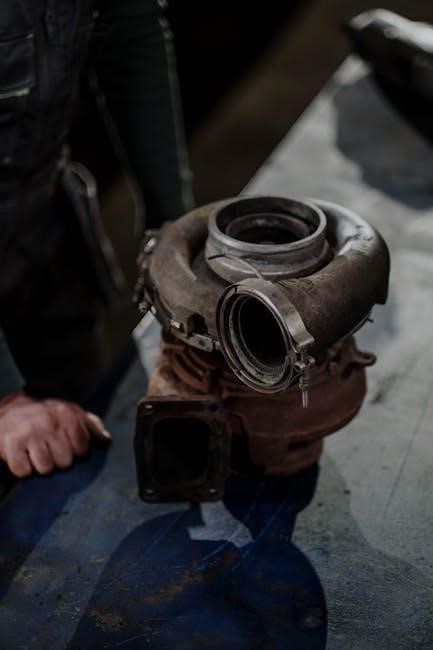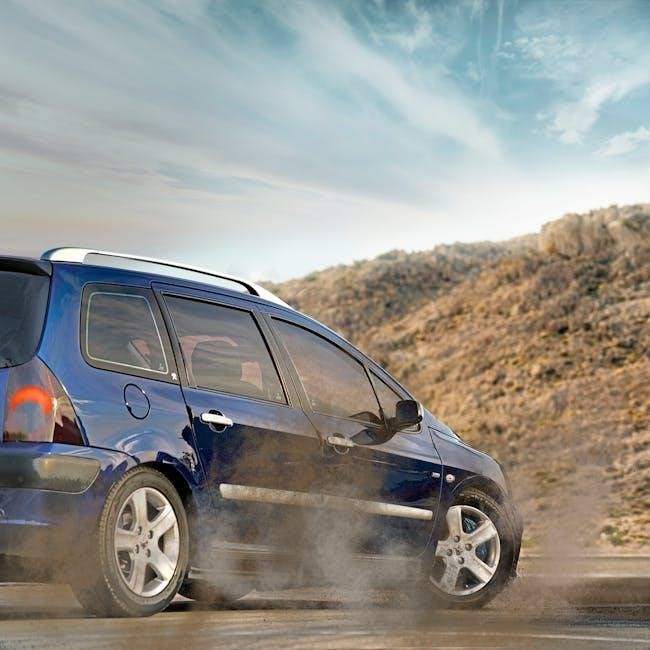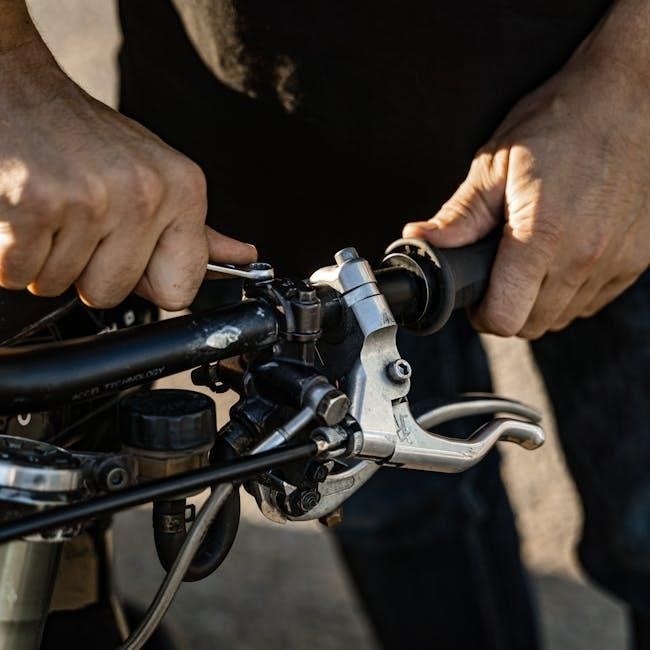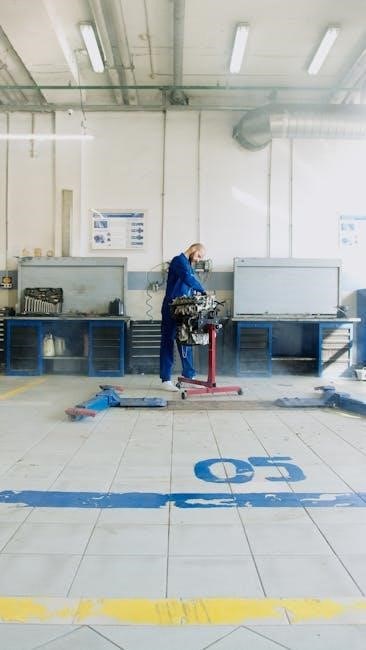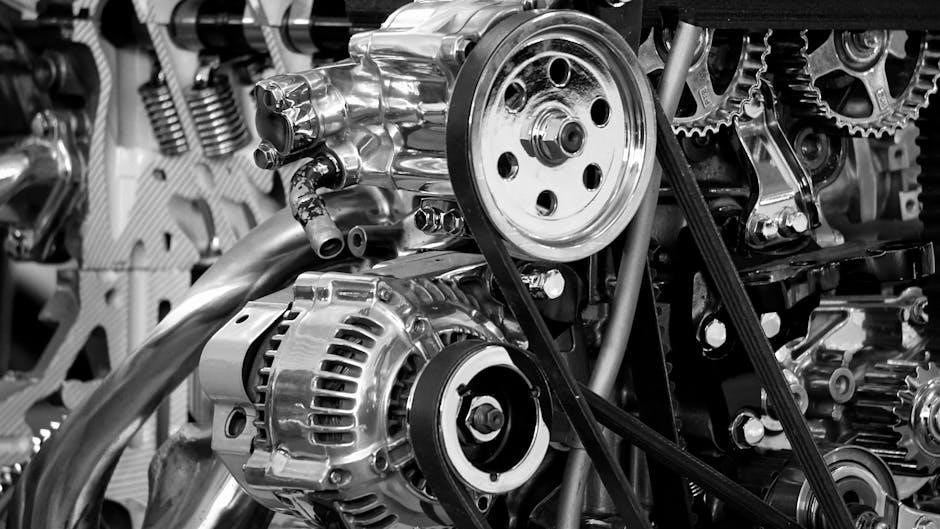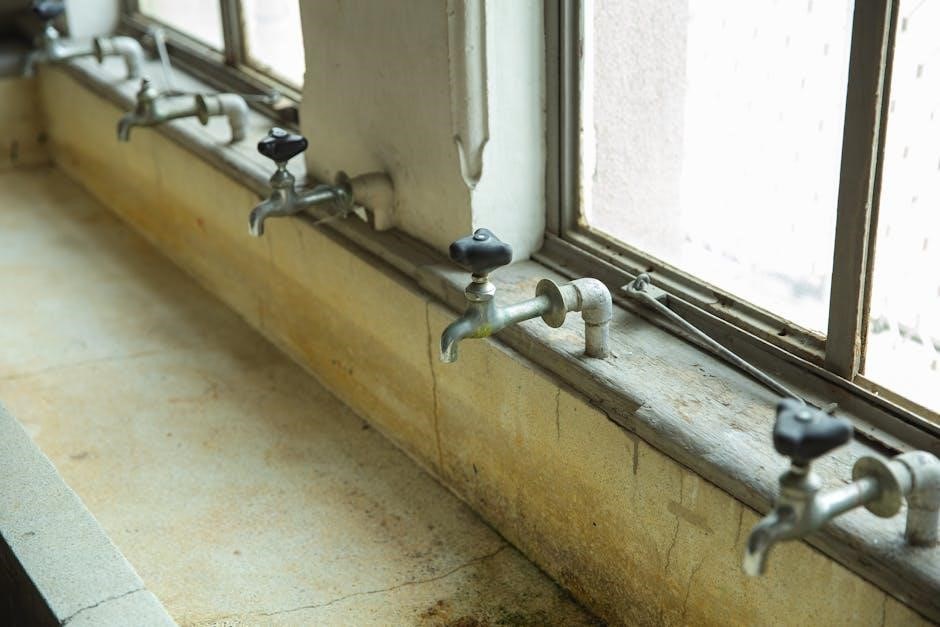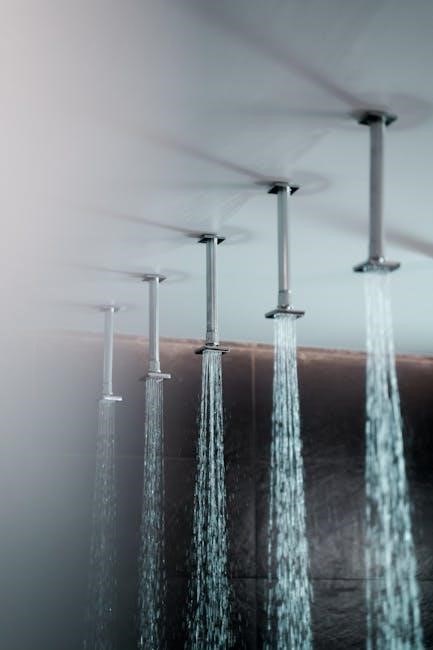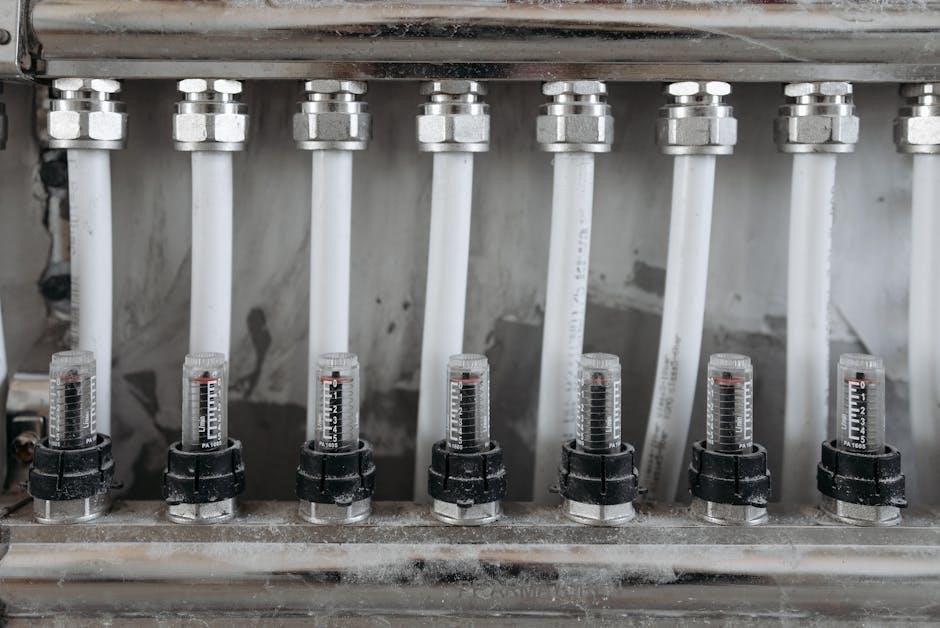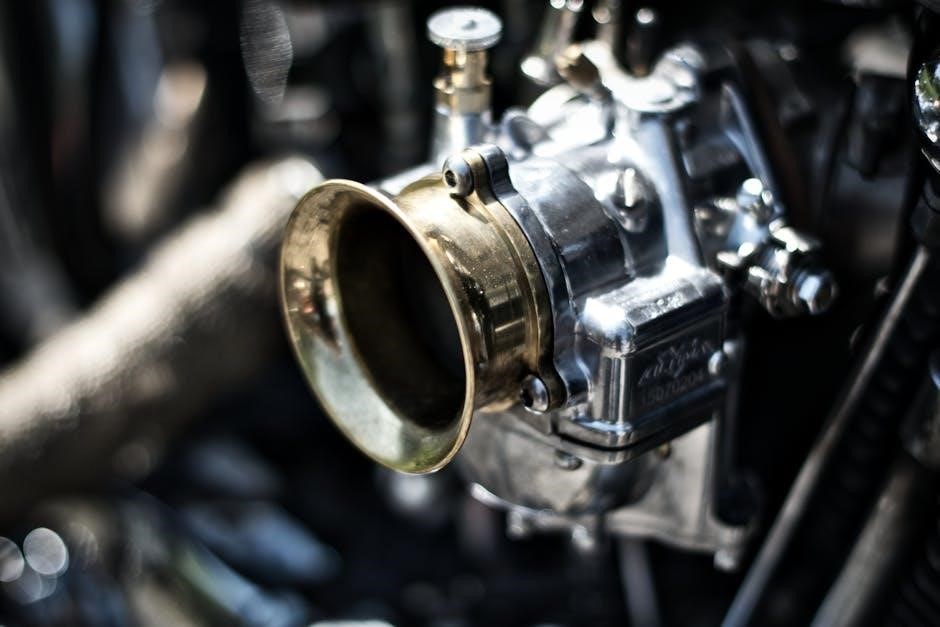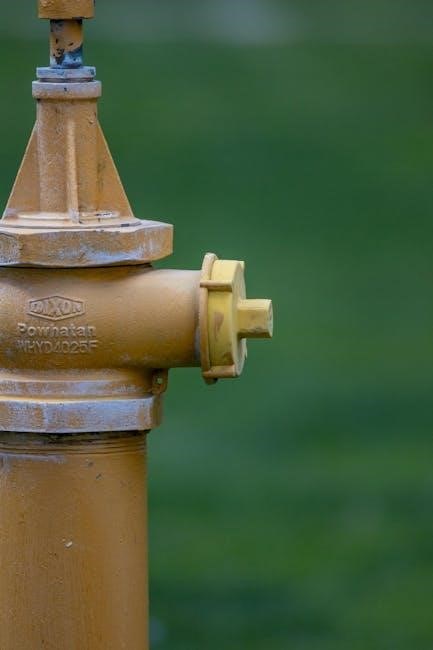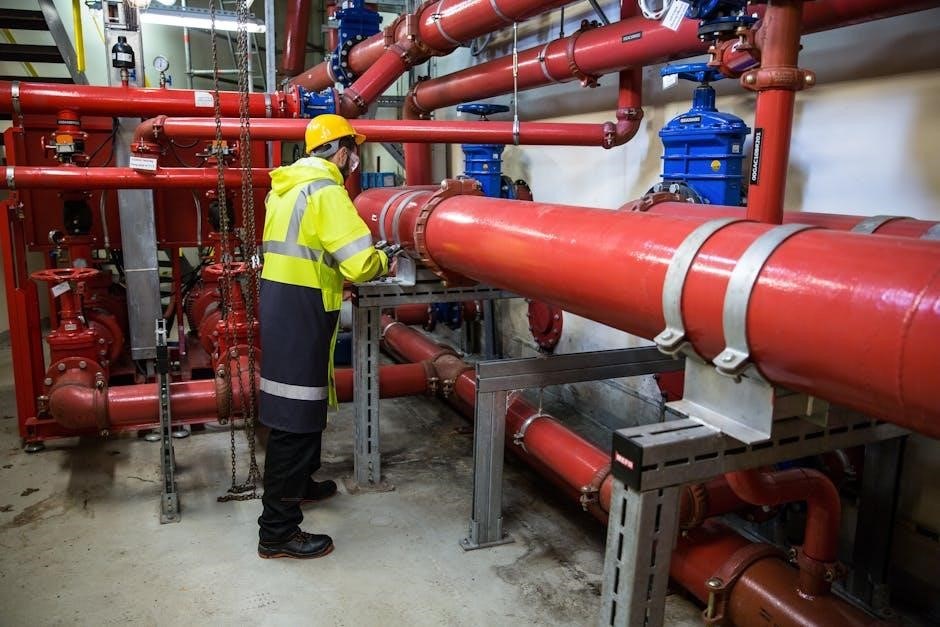Sewing presser feet are essential attachments that enhance fabric control and precision․ They come in various types‚ each designed for specific tasks‚ from zippers to quilting․ Interchangeable and versatile‚ they unlock your machine’s full potential‚ ensuring professional results for every project․
1․1 What Are Sewing Presser Feet?
A sewing presser foot is an essential attachment that holds fabric in place and guides it smoothly under the needle during sewing․ Designed to fit onto the sewing machine’s shank‚ presser feet come in various styles to suit different sewing tasks‚ from basic straight stitching to intricate embroidery or quilting․ They are typically made of metal or clear plastic and may be universal or specific to certain machine brands․ Presser feet ensure even fabric feeding‚ prevent dragging‚ and help achieve precise results․ Whether you’re working with delicate fabrics‚ heavy materials‚ or specialized techniques like zippers or buttonholes‚ the right presser foot can make a significant difference in the quality of your stitches․ By enhancing control and versatility‚ presser feet are indispensable tools for sewists of all skill levels‚ helping to unlock the full potential of their sewing machines․

1․2 Importance of Using the Right Presser Foot
Using the right presser foot is crucial for achieving professional results in sewing․ It ensures even fabric feeding‚ prevents dragging‚ and avoids missed stitches‚ especially on challenging materials like leather or vinyl․ The correct foot enhances control‚ allowing precise stitching and smooth navigation‚ even on intricate designs or heavy fabrics․ This leads to cleaner seams‚ reduced fabric waste‚ and faster completion of projects․ Additionally‚ the right presser foot minimizes the risk of damage to delicate fabrics and ensures consistent results․ By matching the foot to the task‚ sewists can unlock their machine’s full potential‚ tackle a wider range of projects‚ and achieve high-quality finishes effortlessly․ Whether quilting‚ embroidering‚ or installing zippers‚ the right presser foot is essential for efficiency and versatility in sewing․

Types of Sewing Presser Feet
Sewing presser feet come in various styles‚ each designed for specific tasks․ From standard and zipper feet to walking and non-stick options‚ they cater to diverse sewing needs‚ enhancing accuracy and versatility for every project․
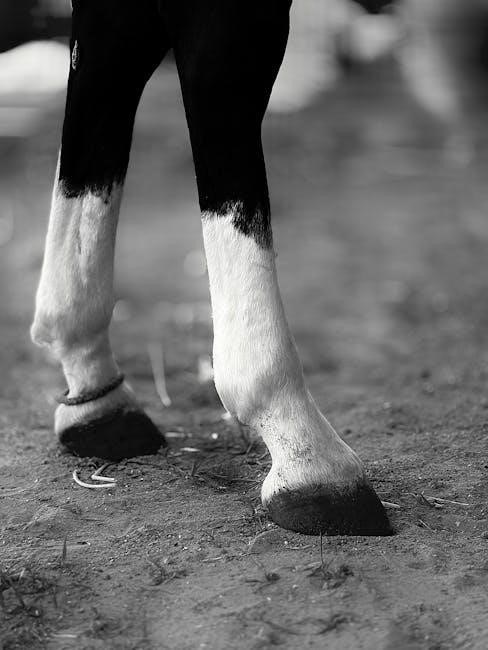
2․1 Standard Presser Foot
The standard presser foot‚ often called the zigzag or straight stitch foot‚ is the default attachment that comes with most sewing machines․ It features a wide opening to accommodate the needle’s movement‚ making it ideal for straight stitches and basic sewing tasks․ This foot is versatile and works well for seaming‚ topstitching‚ and edge stitching․ It is particularly useful for fabrics that require a straight stitch‚ such as cotton and linen‚ and is a great starting point for beginners․ The standard presser foot is also compatible with zigzag stitches‚ making it suitable for general-purpose sewing․ Its simplicity and reliability make it an essential tool for any sewing project․ Whether you’re working on garments‚ home decor‚ or repairs‚ the standard presser foot is a go-to choice for consistent results․

2․2 Zipper Presser Foot
The zipper presser foot is a narrow‚ specialized attachment designed to make sewing zippers quick and precise․ Its slim design allows you to sew close to the zipper teeth‚ ensuring a professional finish․ The foot typically features notches on both sides‚ enabling you to align the needle to the left or right of the zipper․ This makes it easy to sew zippers for bags‚ garments‚ or home decor projects․ The zipper foot often comes with two pins that can be used on either side of the zipper‚ providing stability and control․ It is particularly useful for invisible zippers‚ as it helps guide the fabric smoothly and prevents the zipper from shifting․ By using the zipper presser foot‚ you can achieve clean‚ straight stitches that are nearly invisible‚ making your projects look polished and professional․ It’s a must-have for any sewer working with zippers regularly․
2․3 Invisible Zipper Presser Foot
The invisible zipper presser foot is specifically designed for sewing invisible zippers seamlessly․ It features two grooves underneath that guide each side of the zipper teeth‚ allowing you to sew extremely close to the zipper․ This ensures that the stitches are hidden‚ making the zipper nearly undetectable when sewn into garments or home decor items․ The foot is particularly useful for creating a professional finish on clothing‚ such as dresses or skirts‚ where a visible zipper would detract from the design․ To use the invisible zipper foot effectively‚ align the zipper teeth with the grooves and sew slowly‚ maintaining steady fabric control․ This foot is a must-have for achieving clean‚ invisible zippers that enhance the appearance of your projects․ It’s a simple yet powerful tool that elevates your sewing skills and ensures flawless results every time․
2․4 Overcasting Presser Foot
The overcasting presser foot is a versatile attachment designed to mimic the function of a serger for finishing raw fabric edges․ It is particularly useful for preventing fraying on woven fabrics․ This foot works seamlessly with zigzag or overcast stitches‚ guiding the fabric edge smoothly under the needle․ A built-in guide on the side of the foot helps align the fabric edge perfectly‚ ensuring consistent stitching․ It is an excellent alternative to serging‚ especially for those who don’t own a separate overlock machine․ The overcasting foot is ideal for sewing enthusiasts who want to achieve professional-looking seams without extra equipment․ Its simplicity and effectiveness make it a must-have for projects requiring clean‚ fray-free edges․ Whether you’re working on garments‚ home decor‚ or crafts‚ this foot ensures your seams are both durable and visually appealing․ It’s a practical solution for achieving high-quality finishes with ease․
2․5 Monogramming/Satin Stitch Presser Foot
The monogramming or satin stitch presser foot is specifically designed for decorative stitching‚ making it ideal for monogramming‚ embroidery‚ and intricate designs․ Its unique feature is a tunnel underneath the foot‚ which allows bulky satin stitches to pass through without obstruction․ This ensures smooth stitching and prevents fabric from bunching up․ The foot’s clear design provides excellent visibility‚ making it easier to align stitches precisely‚ even on delicate fabrics or lace․ It is particularly useful for creating decorative seams‚ appliqué‚ and cutwork․ The monogramming foot is a must-have for sewists who enjoy adding personalized touches or embellishments to their projects․ Its ability to handle thick threads and dense stitching makes it indispensable for achieving professional-looking results in embroidery and monogramming․ Whether you’re adding a name‚ logo‚ or decorative border‚ this foot ensures flawless execution every time․

2․6 Quarter-Inch Seam Presser Foot
The quarter-inch seam presser foot is a must-have for precise sewing‚ especially in patchwork and quilting․ Its built-in guide ensures accurate 1/4-inch seams‚ making it ideal for projects requiring exact measurements․ The foot’s design allows for easy alignment of fabric edges‚ helping to maintain consistent seams throughout․ It is particularly useful for topstitching‚ piecing‚ and joining fabric strips․ The guide on the right side of the foot helps sewists achieve parallel seams effortlessly․ This foot is a favorite among quilters and sewists who value precision and accuracy․ Its simplicity and effectiveness make it an essential tool for any sewing project that requires straight‚ even stitching․ Whether you’re working on a quilt‚ a bag‚ or home decor‚ the quarter-inch seam presser foot ensures professional-looking results every time․
2․7 Walking Presser Foot
The walking presser foot is designed to handle thick fabrics and multiple layers with ease․ It features a unique mechanism that moves in sync with the machine’s feed dogs‚ ensuring even fabric flow․ This foot is ideal for quilting‚ working with leather‚ or sewing through heavy materials like denim․ The walking action prevents fabric from dragging or bunching‚ making it perfect for projects that require smooth‚ consistent stitching․ It’s especially useful for sewing straight lines through bulky seams or when working with stretchy fabrics like jersey․ The walking foot is a game-changer for sewists who struggle with difficult fabrics‚ offering better control and reducing the risk of missed stitches․ Its durability and versatility make it a valuable addition to any sewing toolkit‚ helping to achieve professional-quality results on challenging projects․
2․8 Buttonhole Presser Foot
The buttonhole presser foot is a specialized attachment designed to create perfectly sized buttonholes with precision․ It features a built-in gauge that allows you to measure and sew buttonholes that match your buttons exactly․ This foot is particularly useful for garments‚ home decor‚ and any project requiring functional or decorative buttonholes․ The buttonhole foot works seamlessly with automatic buttonhole settings on your sewing machine‚ guiding the fabric smoothly to ensure consistent stitching․ Some machines come with a 4-step buttonhole foot‚ while others offer a 1-step version‚ which is more efficient․ By placing the button in the foot’s gauge‚ you can achieve professional-looking results effortlessly․ This foot is a must-have for anyone sewing garments‚ as it saves time and ensures buttonholes are uniform and neatly finished․ Its ease of use and accuracy make it an essential tool for both beginners and experienced sewists․
2․9 Button Presser Foot
The button presser foot is a time-saving attachment designed to securely hold buttons in place while sewing‚ eliminating the need for manual stitching․ It simplifies the process of attaching buttons to garments‚ ensuring they are evenly spaced and securely fastened․ The foot features a mechanism that holds the button down‚ allowing you to use a zig-zag stitch to sew it onto the fabric effortlessly․ This attachment is especially useful for projects that require multiple buttons‚ such as shirts‚ pants‚ and coats․ It not only saves time but also reduces the risk of buttons coming loose over time․ The button presser foot is easy to use and compatible with most sewing machines‚ making it a practical addition to any sewer’s toolkit․ Whether you’re a beginner or an experienced sewist‚ this foot streamlines the button-attaching process‚ ensuring professional-looking results every time․
2․10 Non-Stick Presser Foot
The non-stick presser foot is a specialized attachment designed for sewing on challenging fabrics like vinyl‚ PVC‚ faux leather‚ and other shiny or sticky materials․ Its Teflon-coated surface ensures smooth fabric movement‚ preventing the foot from dragging or sticking to the material․ This foot is ideal for straight and zig-zag stitching on heavyweight or delicate fabrics‚ providing consistent results without missed stitches․ The non-stick foot is particularly useful for projects involving plastics‚ laminated fabrics‚ or synthetic materials‚ where a standard metal foot might struggle․ It offers excellent visibility and control‚ making it easier to handle intricate designs or slippery fabrics․ By reducing friction‚ the non-stick presser foot enhances sewing efficiency and accuracy‚ ensuring professional-looking seams․ It is a must-have tool for sewists working with unconventional or difficult-to-feed fabrics‚ offering a reliable solution for achieving smooth‚ even stitches every time․
2․11 Gathering Presser Foot
The gathering presser foot is a versatile attachment designed to automatically gather or shirr fabric while sewing․ It simplifies the process of creating ruffles‚ gathers‚ or shirred fabric‚ making it ideal for garments‚ home decor‚ and craft projects․ This foot features a unique left-opened slot that allows you to feed two layers of fabric simultaneously‚ resulting in one flat layer and one gathered layer․ By adjusting your sewing machine’s settings‚ you can control the tightness of the gathers‚ achieving the desired effect․ The gathering presser foot is particularly useful for creating decorative elements like ruffled sleeves‚ skirts‚ or curtains․ It saves time and effort compared to manual gathering‚ ensuring consistent results․ This attachment is a valuable addition to any sewist’s toolkit‚ offering a professional finish for a variety of sewing projects that require gathered fabric․
2․12 Blind Hem Presser Foot
The blind hem presser foot is a specialized attachment designed for creating nearly invisible hems‚ ideal for garments‚ curtains‚ and home decor․ When used with the blind stitch mode on your sewing machine‚ this foot produces a unique stitch pattern: a series of straight stitches and one zig-zag stitch․ The zig-zag stitch grabs a small portion of the folded hem‚ creating a nearly invisible result․ Once the hem is unfolded‚ the stitch is barely noticeable‚ making it perfect for professional-looking finishes․ The foot guides the fabric precisely‚ ensuring consistent stitching․ It is particularly useful for hems on pants‚ skirts‚ and drapes‚ where a seamless appearance is desired․ The blind hem presser foot is easy to use and saves time compared to hand-sewing or traditional hemming methods․ It is a must-have for sewists aiming for a polished‚ professional finish on their projects;

2․13 Rolled Hem Presser Foot

The rolled hem presser foot is a specialized attachment designed to create narrow‚ double-folded hems on fabric edges․ It is particularly useful for delicate fabrics like silk‚ chiffon‚ and lace‚ where a clean‚ professional finish is essential․ The foot features a unique tunnel that guides the fabric as it is fed through the machine‚ automatically rolling it into a narrow hem․ This eliminates the need for manual folding and ensures a consistent‚ precise hem․ The rolled hem foot is ideal for projects such as lingerie‚ scarves‚ and napkins‚ where a subtle‚ elegant hem is desired․ It is easy to use and saves time compared to traditional hemming techniques․ By automating the rolling process‚ it helps prevent mistakes and ensures a professional-looking result every time․ This foot is a valuable addition to any sewist’s toolkit‚ especially for those working with lightweight or sheer fabrics․
2․14 Free-Motion Presser Foot
The free-motion presser foot is a versatile attachment designed for creative sewing projects․ It allows sewists to move the fabric freely in any direction‚ making it ideal for free-motion embroidery‚ quilting‚ and decorative stitching․ This foot is particularly useful for intricate designs‚ custom patterns‚ and layered fabrics․ To use the free-motion foot effectively‚ ensure the feed dogs on your sewing machine are lowered․ If your machine does not have this feature‚ you can cover the feed dogs with a special plate‚ usually provided with the machine․ This foot provides excellent control over fabric movement‚ enabling precise stitching and artistic expression․ It is a must-have for quilters and embroiderers who want to add unique‚ hand-drawn elements to their projects․ With the free-motion foot‚ you can achieve professional-looking results and explore endless creative possibilities in sewing and embroidery;

How to Change a Presser Foot
Raise the needle and presser foot‚ locate the release button‚ and press to remove the old foot․ Align the new foot’s notch with the pin‚ then lower it until it clicks securely in place․
3․1 Step-by-Step Guide to Changing Presser Feet
Changing presser feet is a straightforward process that ensures optimal performance for specific sewing tasks․ Start by raising the needle and presser foot to their highest positions․ Locate the presser foot release button‚ usually found at the back or side of the foot․ Press this button to detach the current foot․ Next‚ align the new presser foot with the machine’s shank‚ ensuring the notch on the foot matches the pin on the holder․ Gently lower the presser foot until it clicks into place‚ securing it firmly․ Finally‚ test the foot by sewing a few stitches to ensure it’s properly attached and functioning correctly․ This simple procedure allows you to switch between various presser feet‚ enabling you to tackle a wide range of sewing projects with precision and ease․

Choosing the Right Presser Foot for Your Project
Selecting the right presser foot depends on fabric type‚ stitch selection‚ and project requirements․ Match the foot to your task for precise control‚ ensuring accurate seams and professional results every time․
4․1 Factors to Consider When Selecting a Presser Foot
When choosing a presser foot‚ consider the type of fabric‚ stitch selection‚ and project requirements․ For heavy fabrics‚ a walking foot or non-stick foot is ideal․ Delicate fabrics benefit from a clear foot for visibility․ For zippers‚ use a zipper foot‚ and for buttonholes‚ a buttonhole foot ensures precision․ Quilting projects often require a quarter-inch seam foot or walking foot․ Consider the foot’s compatibility with your machine’s shank type․ Universal feet may need adapters․ Additional features like non-stick coatings or guides can enhance performance․ Budget and personal preference also play a role․ Always match the foot to your task for optimal results․
Compatibility Guide for Presser Feet
Ensuring compatibility between your sewing machine and presser feet is crucial for optimal performance․ Most machines use either Snap-On or Clip-On systems․ Measure the shank type (low‚ high‚ or slant) to determine the right foot; Universal kits often include adapters for various shanks․ Check your machine’s manual for specific recommendations․ Some feet‚ like the walking foot‚ may require additional accessories․ Always verify the brand compatibility or opt for universal sets․ Using the wrong foot can damage your machine or affect stitching quality․ For specialty feet‚ consult compatibility charts or manufacturer guidelines․ Proper fit ensures smooth operation and professional results․











